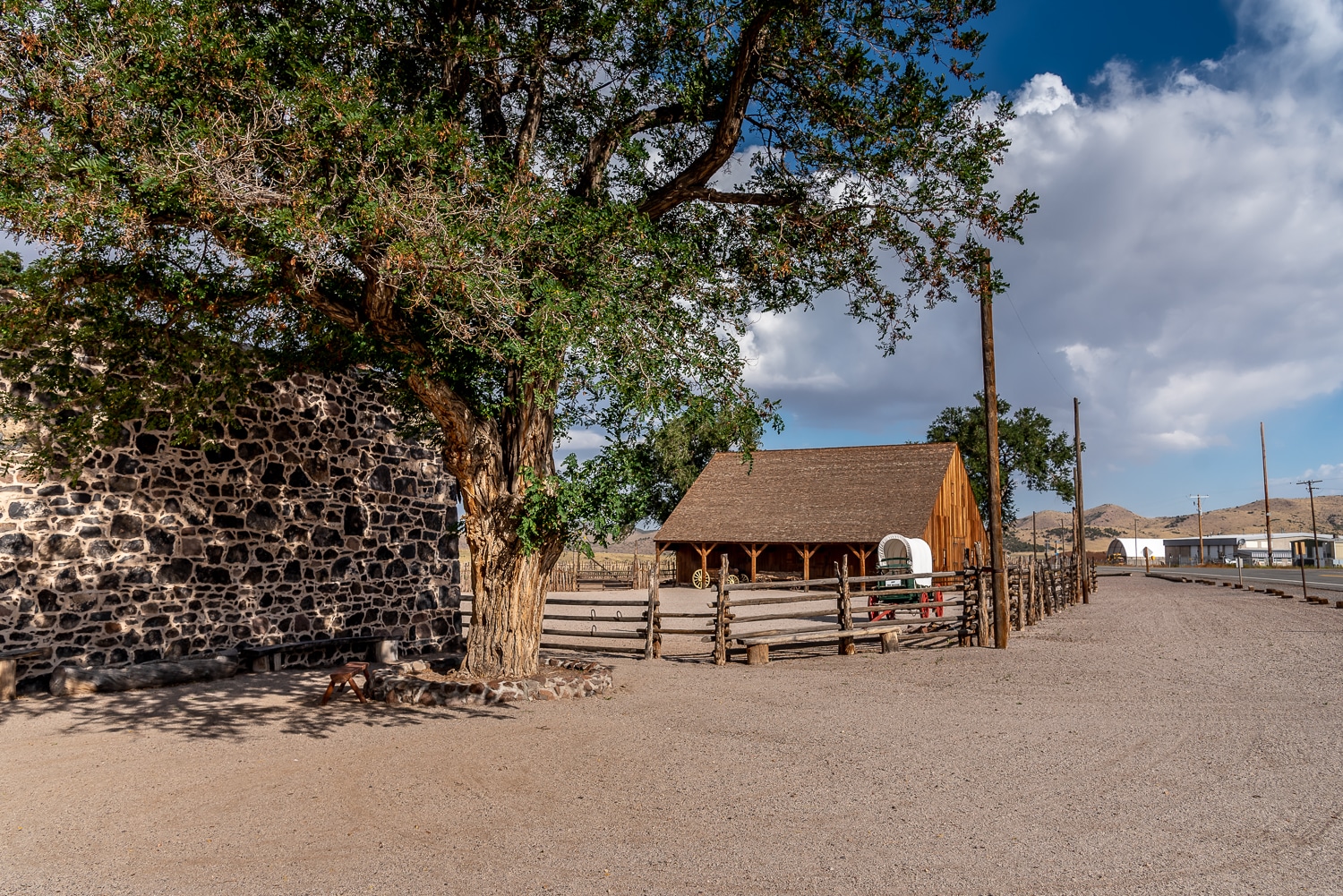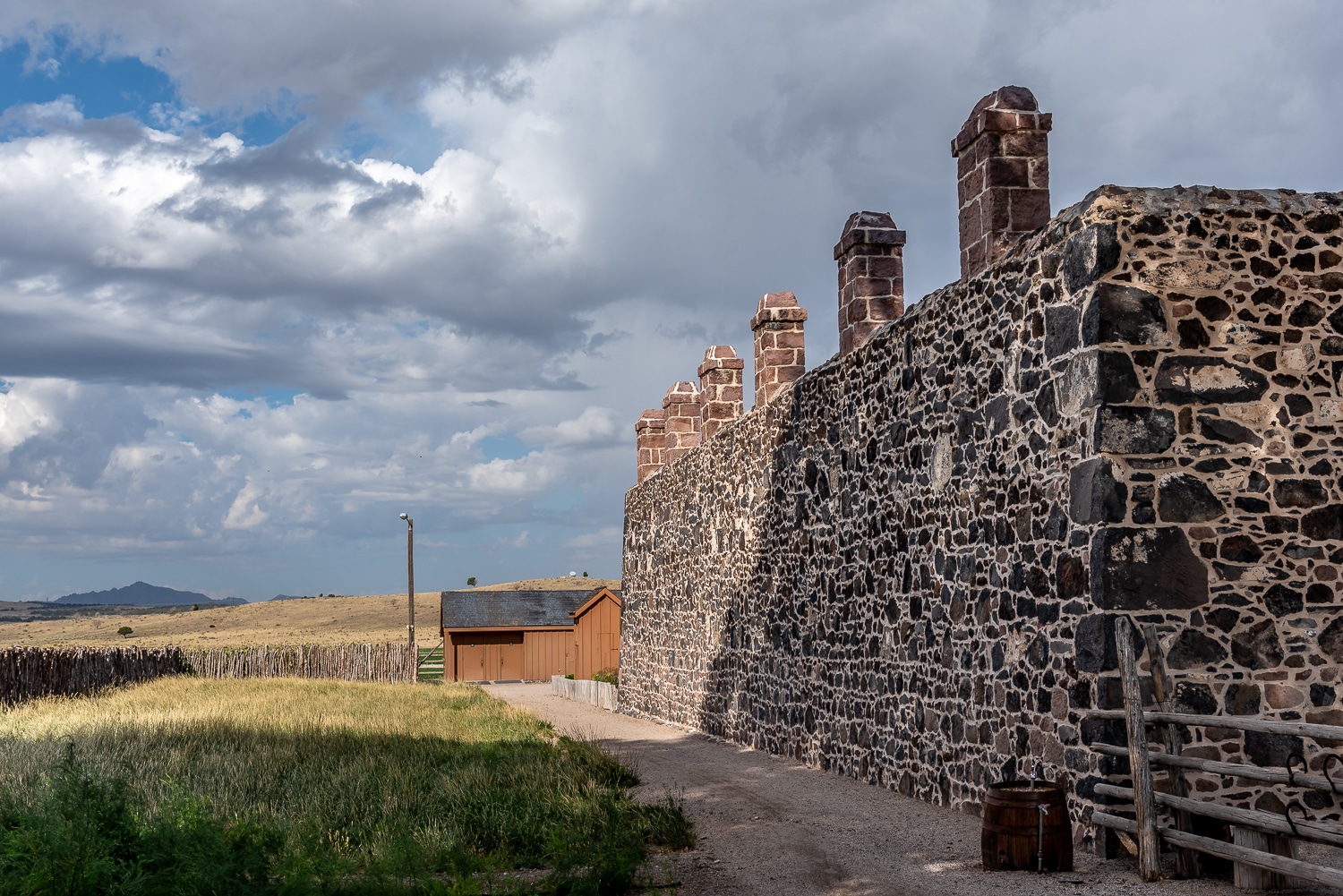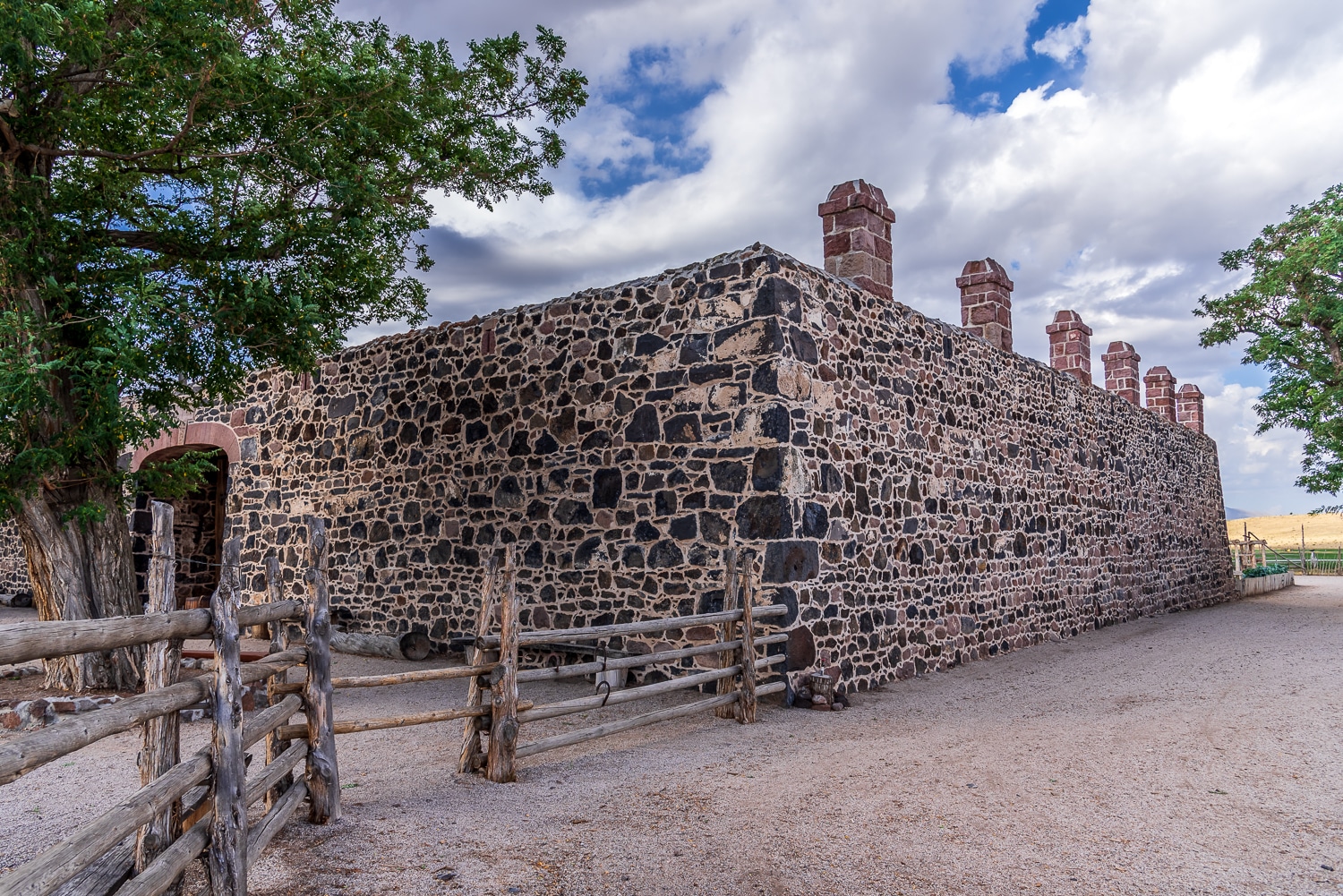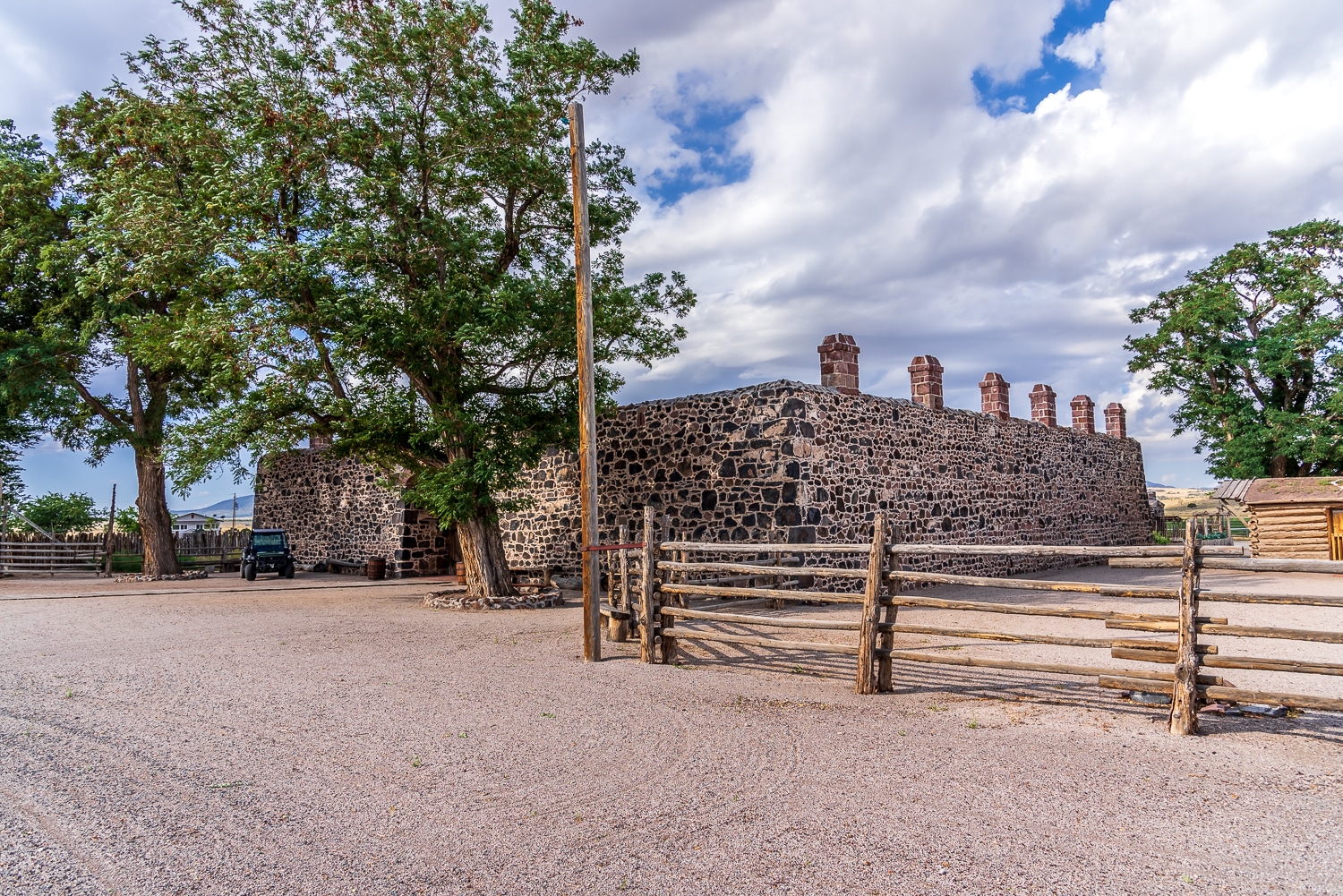
Traveling through Time: Beaver County’s Fascinating Past
Three hours south of Salt Lake City along Interstate 15 you will find the small, but charming, town of Beaver, Utah. First founded in 1856, though inhabited much earlier by indigenous people, the town was named for the many beaver dams found in the area. Mormon settlers built log cabins here in the early days, and eventually, agriculture, prospecting, and local businesses grew—developing Beaver into a thriving town.
But Beaver’s history didn’t start with the pioneers. The area dates back thousands of years to indigenous habitations of the Archaic and Fremont periods, and it is the sight of a massive prehistoric obsidian quarry in the nearby Mineral Mountains. Following the tribes’ occupation, the 1776 Dominguez–Escalante Expedition explored and surveyed the area, but it took until the pioneer era to formally settle a town here. From its distant past to its wild west days, here’s a primer to the fascinating history of Beaver, Utah.
Prehistoric Obsidian in the Mineral Mountains
Archaeological excavations found that local tribes sourced obsidian from the neighboring Mineral Mountains to make tools. They would gather the volcanic glass for razor-sharp blades and projectile points, which they traded far and wide. The Wildhorse Canyon quarry was so massive that it supplied obsidian for the entire Great Basin region—excavations of Fremont Indian villages that date from 900-1300 A.D. featured tools made with three types of obsidian that are only found in this quarry.
The Fremont Indians & Fremont Indian State Park
The remains of the largest Fremont Indian village ever discovered were found by chance during the construction of the I-70 highway in the 1980s. This site, located near Beaver, was granted state park status to showcase and protect the petroglyphs and pictographs made by the tribe while it lived in this region. Step inside the museum to see Fremont-made artifacts like baskets and arrowheads up close while learning how these people thrived in this desert landscape.
Cove Fort
Built in 1867 as an overnight waypoint for travelers through Utah, Cove Fort bustled with activity in its early days. Mail carriers, pioneers, artists, miners, traders, and Mormons all rested their head here before automobiles made travel between the towns of Beaver and Fillmore easy. Cowboys sang songs around the fire, Pony Express riders brought news on horseback, and children happily played in the safety of the rock-walled courtyard. Today, the fort has been restored back to as it was in the 1860s, and visitors can come to see authentic furnishings, recreated rooms, and imagine what life was like in the early days of western settlement.
Pioneer Era Fort Cameron
When Mormon rebellions and threats from American Indians were at an all-time high, Fort Cameron was built to protect what is now Beaver County. Located just east of town, the fort opened in 1872 and remained active until 1883. In its heyday, 215 soldiers were stationed there, and it boasted the area’s only hospital. Long after the fort’s closure, the property was sold and, sadly, all but one of its buildings were torn down. Today, a lone private residence and the remnants of foundations are all that remain of this once-bustling fort.
The Wild West
Right outside Milford, you can see what remains of Frisco, a once-mighty mining town that boomed in 1875 when silver was discovered at the site. The town grew to a population of 6,000 and developed a rough reputation thanks to its near-daily shootouts, wild red-light district, 23 saloons, and raucous gambling halls. (It had been labeled the country’s most dangerous mining town, and murder was quite common.)
While Frisco became the country’s richest silver mine, an 1885 collapse kick-started its demise, and by the 1920s, it was a ghost town. Today, you can still see the town’s charcoal kilns, abandoned buildings, and the Frisco Cemetery. There is a historical marker with a picnic table that is the perfect place to stop and have lunch. Right now the area is not marked but google maps will take you to the town of Frisco, the kilns and the cemetary.
Daughters of the Utah Pioneers Museum
See pioneer relics, learn about the judicial system, and catch up on Beaver’s history at the free Daughters of Utah Pioneers Museum inside the historic courthouse. Dating back to 1882, this late Victorian building is on the National Register of Historic Places and is one of the town’s most beautiful structures, boasting red brick and whitewashed sandstone foundations. The museum is open all summer long, but after Labor Day all visits require an appointment.
Born in Beaver
The most famous outlaw of them all, Butch Cassidy, was born here in 1866. Cassidy’s given name was Robert LeRoy Parker and he was the first of 13 children. While his notorious outlaw days saw him robbing banks far beyond Beaver’s borders, you can visit his birth home to take pictures but it is now a private residence.
Beaver’s claims to fame go beyond outlaws and Indian tribes. The father of television, Philo Farnsworth, was born in a nearby log cabin in 1906. The cabin was moved to sit on the same site as the museum to preserve his place in history. You can thank him for his world-changing innovation by visiting the log cabin he was born in at the museum, or see a bronze statue that stands in Beaver in his honor.
Whether you’re fascinated by its tribal history or pioneer past, Beaver is an excellent destination for a tour of Utah history. There’s more to see here than just the natural beauty.
Written by Jenny Willden for Matcha in partnership with Beaver County, UT.






